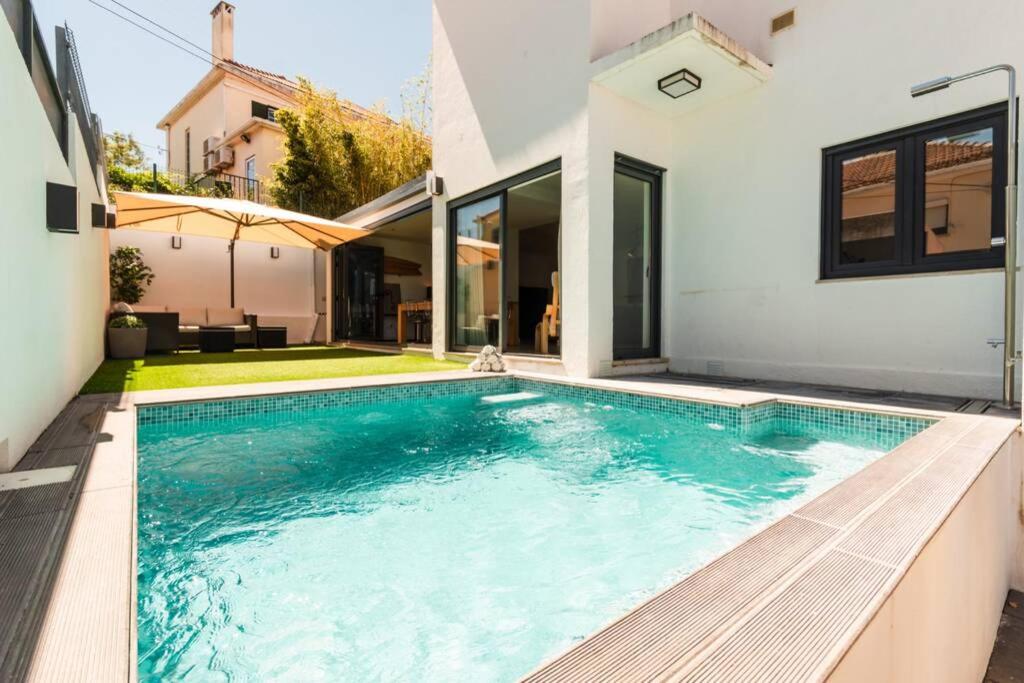Swimming pools are a great way to unwind and stay fit, but they also come with their own set of maintenance challenges. One of the key considerations for pool owners is understanding how much electricity does a pool pump use. A pool pump is essential for keeping the water clean and safe, but it can also be a significant factor in your home’s energy consumption. Knowing the energy usage of your pool pump can help you make informed decisions about your pool maintenance costs and energy efficiency measures.
Before diving into specifics, it’s essential to have a basic understanding of how a pool pump operates. In general, a pool pump is responsible for circulating water through the filter system, ensuring that it’s clean and free of debris. However, running a pool pump continuously can lead to high electricity costs, prompting many pool owners to question its necessity and duration of use.

Understanding Pool Pump Energy Usage
The Basics of Pool Pump Power
Most pool pumps use electric motors to move water through filters, skimmers, and various cleaning systems. The amount of electricity they use largely depends on the horsepower of the motor and how long the pump runs each day. Typically, pool pumps range from 0.75 HP to 2.5 HP. High sensitivity sensors can help optimize the operation of your pool’s equipment, leading to more efficient energy use.
Calculating Electricity Consumption of Pool Pumps
To calculate how much electricity your pool pump uses, you can use the following formula: kWh = (Horsepower 0.7457) Hours Per Day Days Per Month. This formula helps you determine the kilowatt-hours consumed by your pool pump, giving you insights into its impact on your energy bill. Employing energy-efficient technology can substantially lower these costs.
Energy Efficiency and Savings
Choosing Energy-Efficient Pool Pumps
Opting for energy-efficient pool pumps can significantly reduce electricity usage. Variable-speed pumps, for instance, adjust their speed based on the needs of your pool, using less energy than single-speed pumps. This not only helps reduce your carbon footprint but can also lead to considerable cost savings over time.
Additional Tips to Reduce Electricity Usage
While upgrading to a more efficient pump system is beneficial, several other strategies can help lower your electricity consumption:
- Run the pump during off-peak hours to take advantage of lower energy rates.
- Regularly clean and maintain the pump and filtration system to ensure efficient operation.
- Use a pool cover to reduce the debris entering the pool, resulting in shorter filtration cycles.
Cost Implications of Electricity Usage
Monthly and Annual Cost Breakdown
Understanding the monthly and annual costs of running a pool pump is critical for budgeting. By knowing the energy consumption and electricity rates in your area, you can accurately calculate your pool pumps cost. For example, a 1.5 HP pump running eight hours per day might use approximately 80-90 dollars of electricity per month at the average commercial rate. Resources such as this Bankrate article provide insight into the value pools add, impacting your homes overall financial considerations.
Balancing Cost and Pool Health
It’s crucial to balance the cost of electricity with the health and safety of your swimming pool. While reducing energy consumption is important, maintaining a clean pool environment is paramount. By finding the perfect balance, pool owners can enjoy a well-maintained pool without excessive energy expenditure.

FAQs About Pool Pumps and Electricity Use
How long should I run my pool pump daily?
The recommended time varies based on pool size and location. However, a good rule of thumb is around 8-12 hours daily, preferably during daylight hours.
Can using a pool pump timer help in saving electricity?
Yes, using a timer can optimize the operation schedule of your pool pump, ensuring it only runs when necessary, avoiding unnecessary electricity usage.
Are variable-speed pool pumps worth the investment?
Absolutely, investing in a variable-speed pump can lead to significant long-term savings on your electricity bill due to their energy-efficient operation.
For more detailed insights into energy-efficient solutions for pools and home systems, explore the advancements in pool technologies as outlined in the DripX system. By equipping your pool with state-of-the-art technology, you ensure a blend of efficiency and safety.
By understanding how much electricity does a pool pump use, you can manage your energy consumption effectively while enjoying all the comforts and relaxation that your swimming pool has to offer. In addition, keeping informed about the latest pool maintenance techniques and technologies can lead to smarter, more sustainable pool management.
This article contains affiliate links. We may earn a commission at no extra cost to you.

